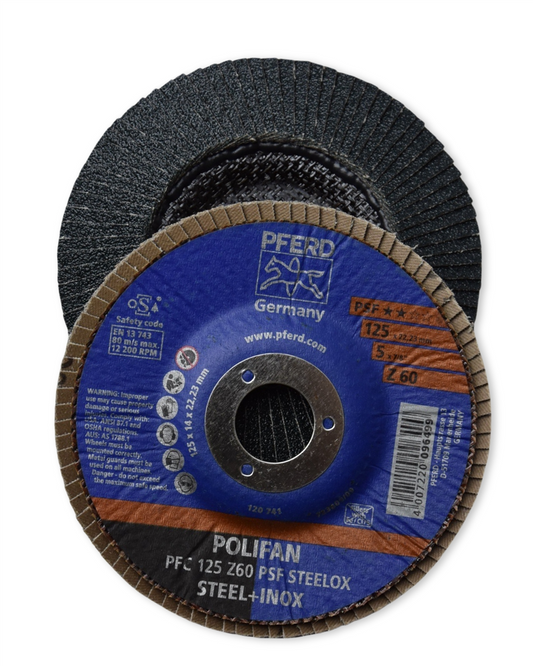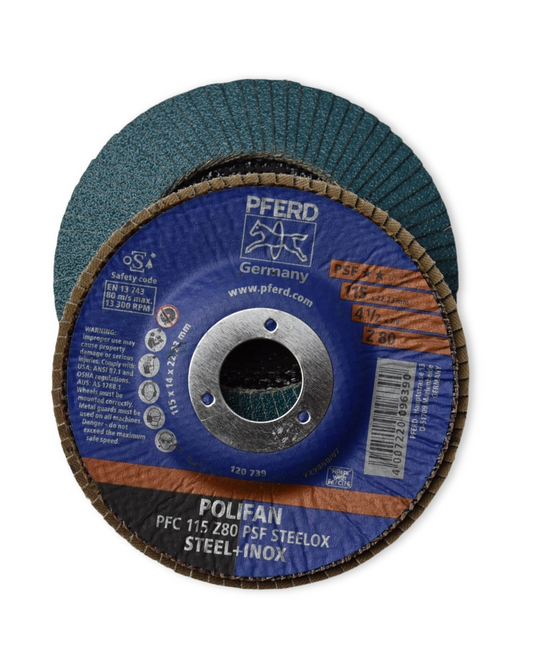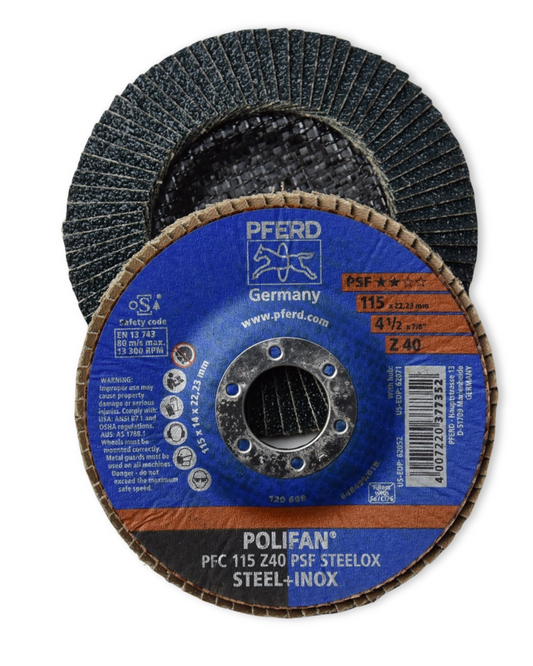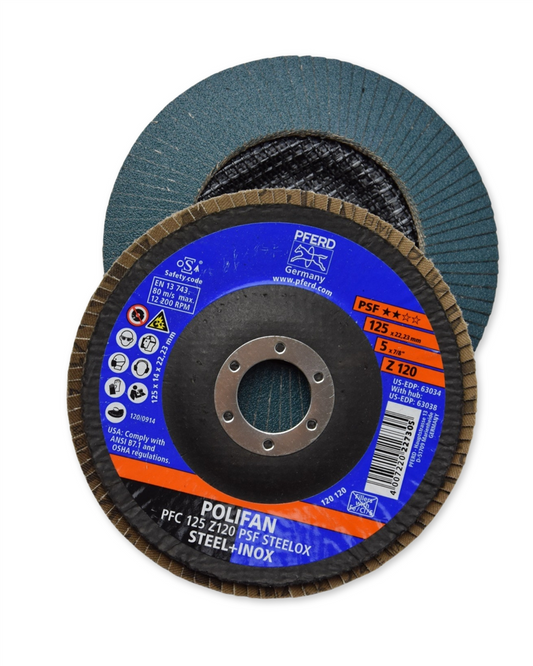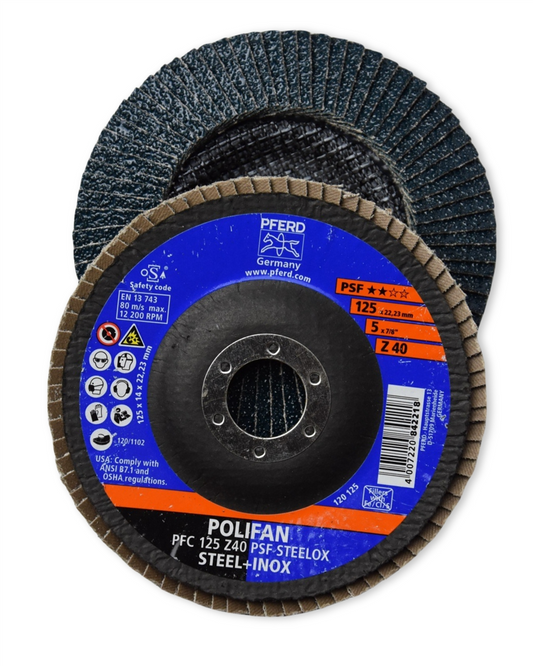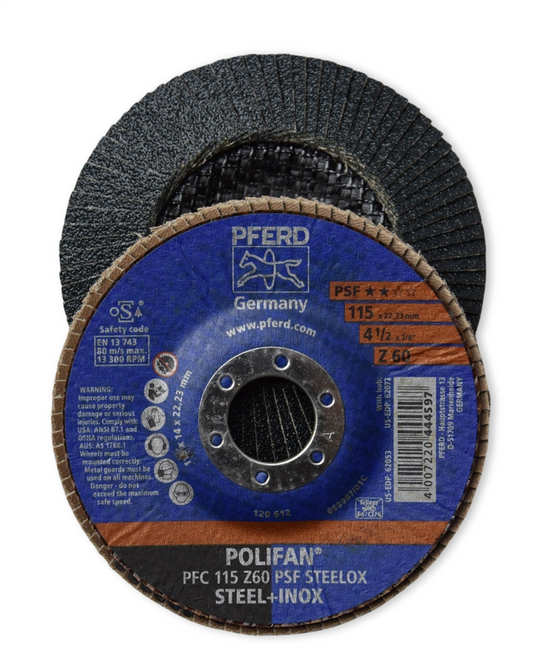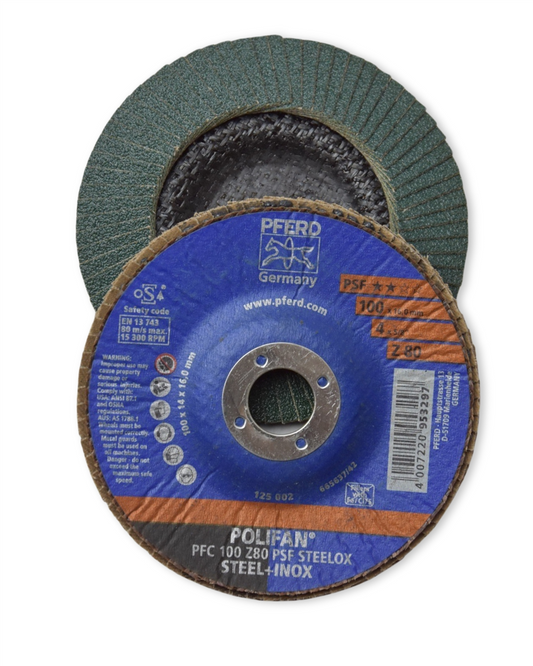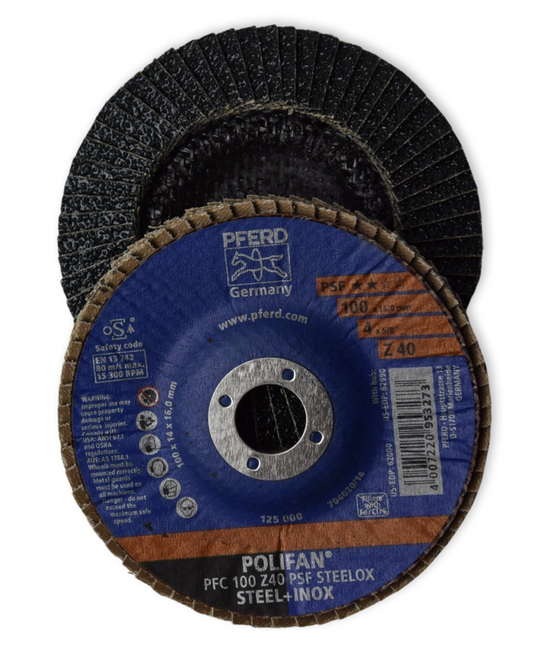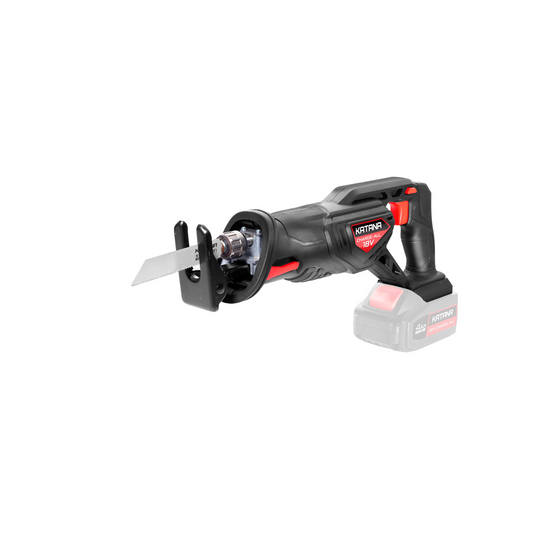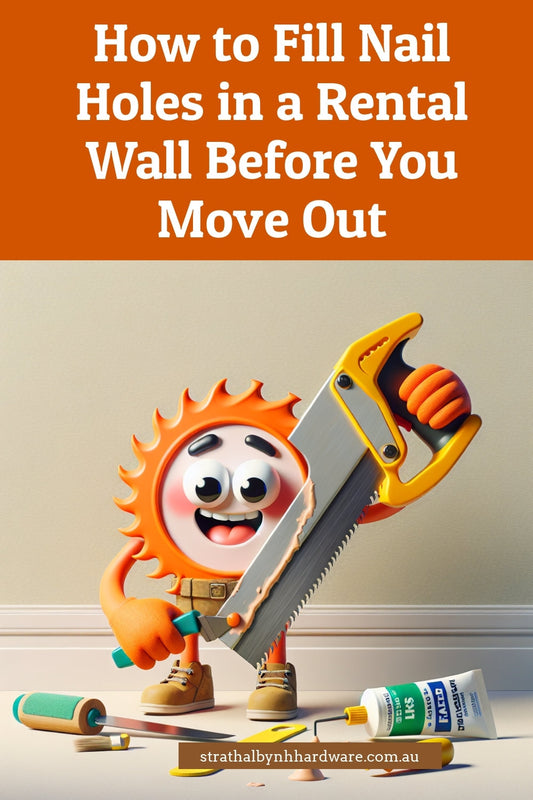The Best Fix for a Running Toilet—A Step-by-Step Guide
Share
Stop Wasting Water: The Quick Fix for a Running Toilet
We’ve all been there—lying in bed, eyes wide open, listening to the relentless sound of water trickling from the bathroom. That tiny drip might not seem like much, but a running toilet can waste hundreds of litres of water a day and send your water bill skyrocketing. And here in South Australia, where conserving water is more important than ever, that’s not something to ignore. The good news? Fixing it is easier than you think! Let’s roll up our sleeves and get that loo back in proper working order.
Why Is Your Toilet Running in the First Place?
Before tackling the fix, it helps to know what’s causing the problem. Most of the time, a running toilet boils down to one of these:
- Faulty Flapper: The flapper is the rubber seal at the bottom of the tank. If it’s not sealing properly, water will keep running into the bowl.
- Float Issues: The float controls water levels. If it’s too high, the overflow tube will continuously leak water.
- Flapper Chain Problems: If the chain is too short, the flapper won’t close properly. Too long, and it can get tangled.
Step-by-Step Guide to Fixing a Running Toilet
1. Turn Off the Water Supply
Safety first! Look for the shut-off valve near the base of the toilet and turn it clockwise until the water stops running. This will prevent any unexpected floods while you work.
2. Remove the Tank Lid and Inspect the Flapper
Lift off the tank lid and take a peek inside. If the flapper looks worn, cracked, or out of place, chances are it’s the culprit.
3. Replace the Flapper If Needed
If the flapper isn’t sealing properly, it’s time for a new one. They’re inexpensive and available at your local hardware store. Simply unclip the old one, attach the new one in its place, and test by flushing.
4. Check the Float Position
If water is flowing into the overflow tube non-stop, the float is likely set too high. Adjust it by turning the screw or gently lowering it down the rod. The goal is to stop water just below the top of the overflow tube.
5. Inspect the Chain
Ensure the chain connected to the flush handle has just enough slack to allow the flapper to close completely. Too much slack can cause tangles, while too little can keep the flapper lifted.
6. Turn the Water Supply Back On
Once everything’s adjusted and in place, turn the water supply back on and let the tank refill. Listen carefully—if the running has stopped, you’ve done it!
When to Call for Backup
If you’ve tried these steps and your toilet is still running like a leaky tap, there may be a bigger issue at play. A cracked overflow tube or worn-out fill valve might need replacing. No worries, though—your local hardware expert can point you in the right direction for parts or advice.
Note for Renters:
If you’re renting, it’s best to check your lease or contact your property manager before making any repairs beyond minor fixes like replacing a flapper. Under South Australian tenancy laws, major plumbing issues should be reported to the landlord.
Keep Your Home in Tip-Top Shape
A running toilet is one of those little household annoyances that can lead to big water bills if left unattended. With a few simple adjustments, you can save water, money, and your sanity. And if you need supplies or expert guidance, pop into Strathalbyn H Hardware. We've got flappers, fill valves, and all the advice to keep your plumbing in check.
Happy DIY-ing!
Candeece

Stay Connected
Follow our Facebook Page: Strathalbyn H Hardware on Facebook


